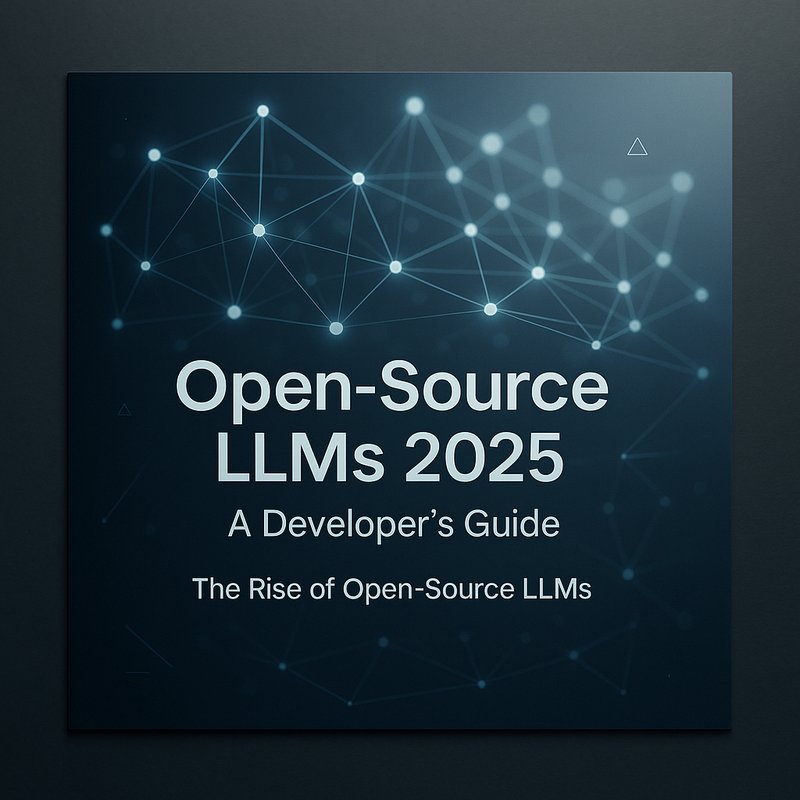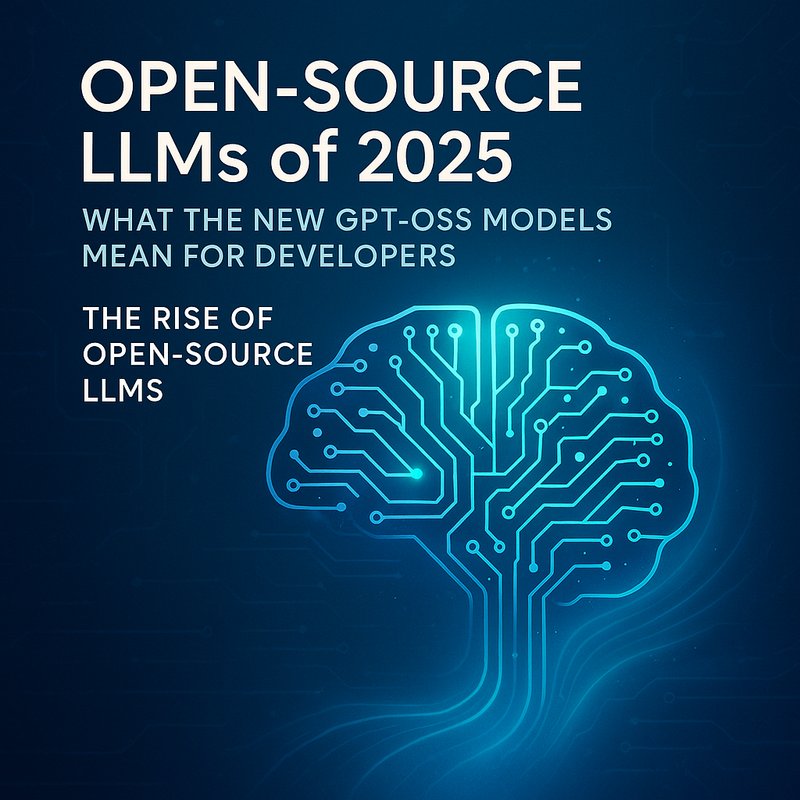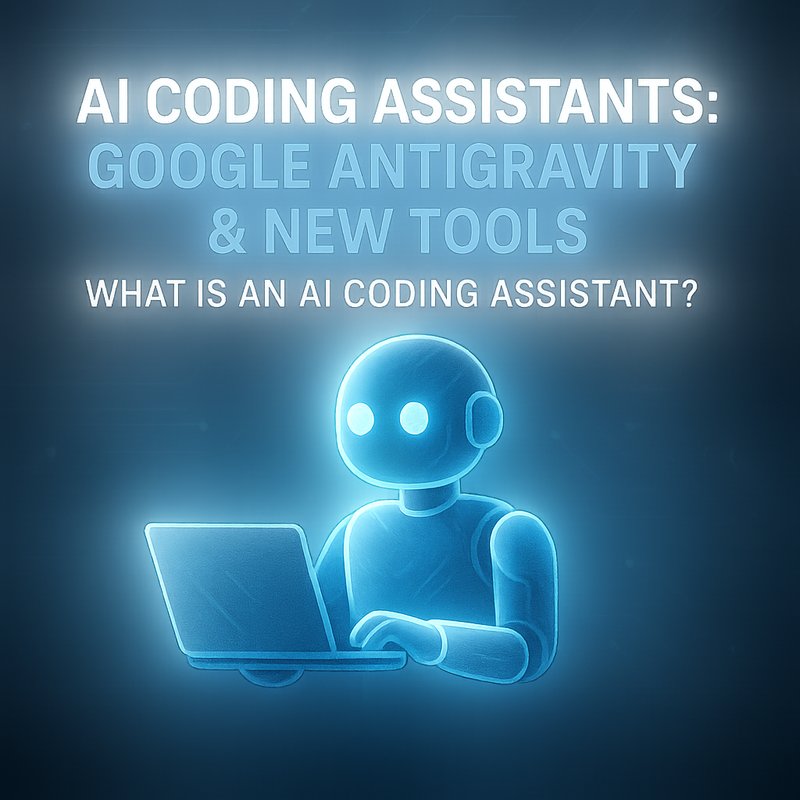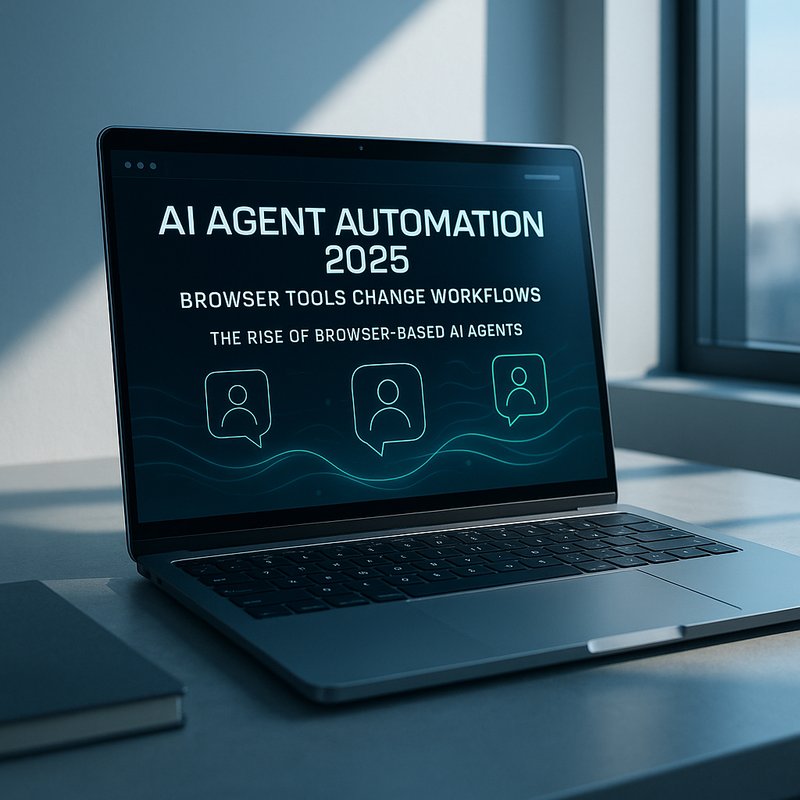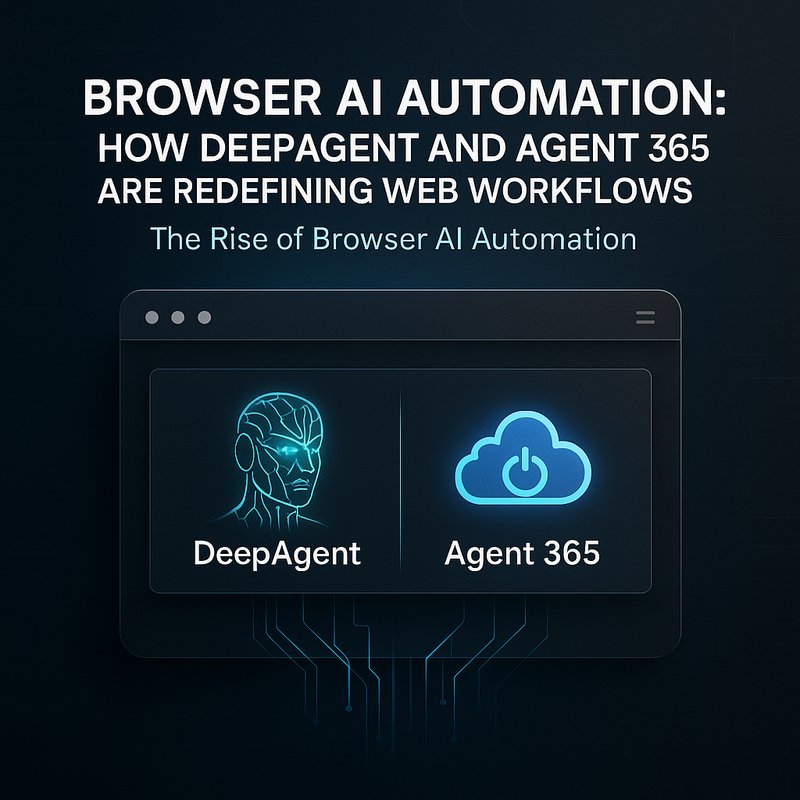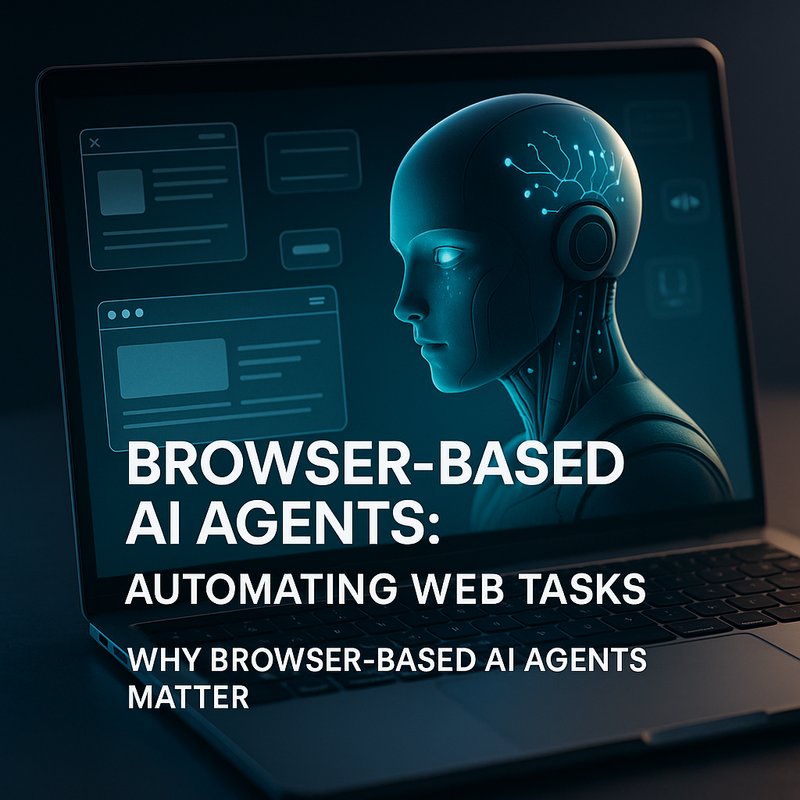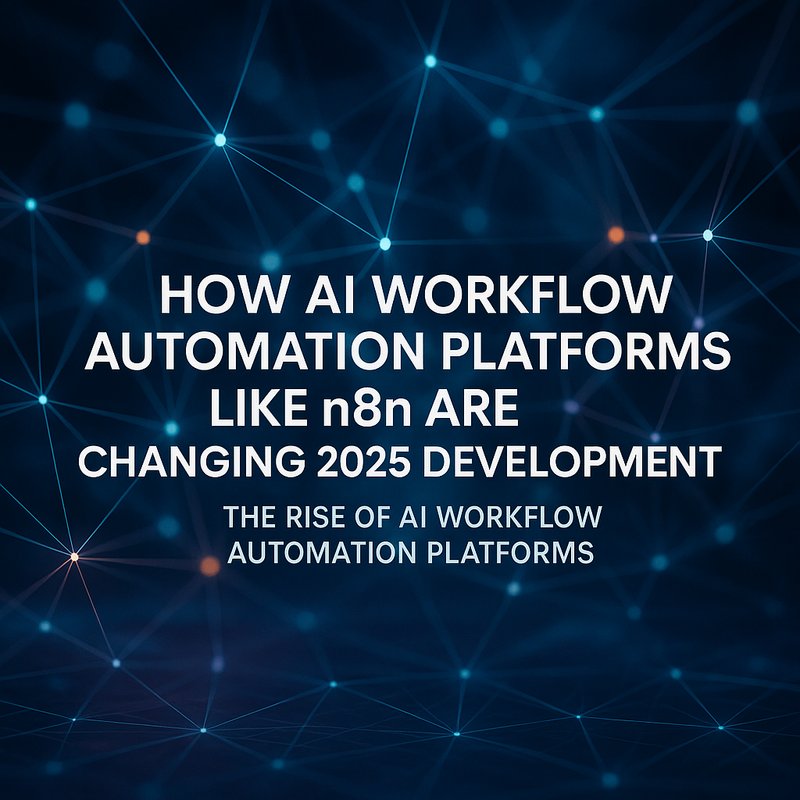In 2025, the world of large language models (LLMs) has shifted from a few corporate giants to a vibrant ecosystem of open‑source options. Open‑Source LLMs 2025 have become the new standard for developers who want control, flexibility, and the freedom to innovate. This article walks through the most popular models, how you can use them today, and why they matter for your projects.
The Rise of Open‑Source LLMs
Open‑source LLMs 2025 have broken the old rule that only a handful of big tech companies could build powerful language models. The movement started a few years ago with small teams releasing models that others could download, tweak, and run on their own hardware. Now, the community has grown to include dozens of models that range from 7 billion to 120 billion parameters.
Big Players and New Releases
- Google Gemini 3 Pro – a multimodal model that can read and write code, generate images, and answer technical questions.
- OpenAI GPT‑5.1‑Codex‑Max – a new code‑centric model that can keep working over 24 hours.
- Microsoft’s Antigravity IDE – an “agent‑first” platform that lets an AI handle a whole software project, from planning to testing.
These releases show that open‑source LLMs 2025 are no longer just academic experiments; they are battle‑tested tools ready for production.
Impact on Developers
With open‑source LLMs 2025, developers can:
- Avoid vendor lock‑in – you control where the model lives and how it behaves.
- Cut costs – run models on your own servers or on cloud VMs that fit your budget.
- Add custom features – fine‑tune a model on your own data or integrate it with your existing tools.
Because of these advantages, many companies are building their own AI layers on top of open‑source LLMs 2025 instead of buying commercial APIs.
Key Open‑Source Models to Watch
Below are the most talked‑about open‑source models of 2025, each with a unique feature set.
Olmo 3 (7 B / 32 B)
Olmo 3 is a family of fully open models from Allen AI. With transparent training data, code, and checkpoints, it allows researchers and developers to experiment safely. Its 32 B version can handle long context windows and complex reasoning tasks, making it suitable for educational content creators.
GPT‑OSS‑120B
A 120 billion‑parameter MoE (Mixture‑of‑Experts) model from OpenAI, GPT‑OSS‑120B is optimized for reasoning. It offers adjustable reasoning depth, which lets you choose how much work the model does before giving an answer. The open‑weight format means you can run it on high‑end GPUs or cloud instances.
Kimi‑K2‑Thinking
Developed by Moonshot AI, Kimi‑K2‑Thinking is a “thinking” model. It can plan and execute dozens of tool calls in a row, which is great for building agents that need to interact with other services, like web browsers or databases.
GLM‑4.6
GLM‑4.6 from Z.ai expands its context window to 200K tokens and shines at coding. If you need to analyze large codebases or generate long documents, this model is a solid choice.
Qwen3‑235B‑A22B‑Instruct‑2507
Alibaba’s Qwen3‑235B is a non‑thinking variant that focuses on instruction following. It’s lightweight compared to some other models but still powerful for chatbots and content creation.
Sber GigaChat Ultra Preview
A Russian‑focused model that can produce Cyrillic text and understand local prompts. It’s ideal for companies operating in Russian‑speaking markets.
Practical Ways to Use Open‑Source LLMs 2025
Host Locally or in the Cloud
Running a model locally means you can keep your data private. You’ll need a GPU (NVIDIA RTX 4090 or better for 32 B models) or a powerful cloud instance (A100 or H100). For smaller models like Olmo 3‑7B, a mid‑range laptop can even handle inference.
Fine‑Tune for Your Domain
Open‑source LLMs 2025 let you fine‑tune on your own data. Use libraries such as Hugging Face’s transformers and accelerate. For example, fine‑tuning GPT‑OSS‑120B on medical records can create a specialized chatbot for patient support.
Build Agents with Kimi‑K2‑Thinking
If you want an AI that can browse the web or run scripts, wrap Kimi‑K2‑Thinking around a browser driver or a CLI tool. Antigravity IDE already supports this, letting you build a full project pipeline with an autonomous agent.
Integrate with Neura Tools
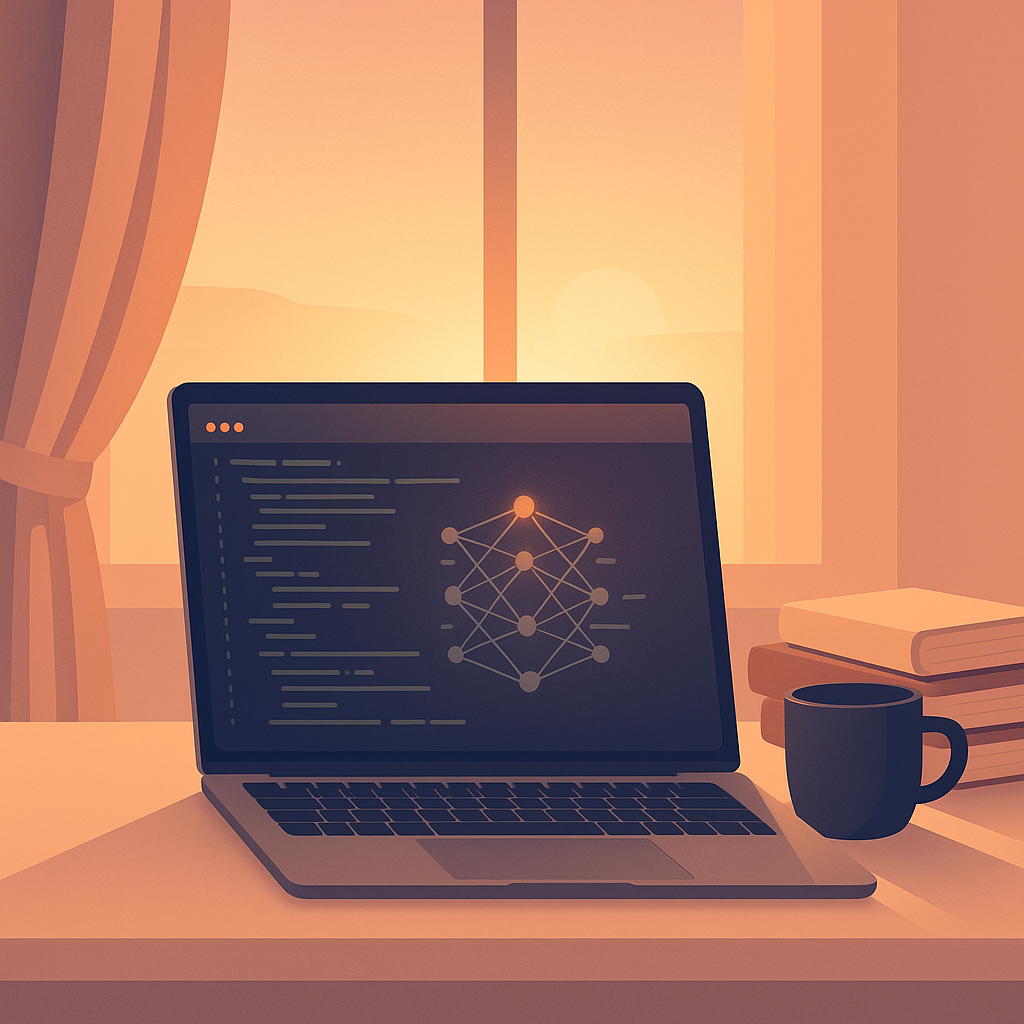
Neura offers several products that work well with open‑source LLMs 2025:
- Neura Router – connects to over 500 models with a single API, simplifying model switching.
- Neura ACE – an autonomous content executive that can fetch the latest research and generate blog posts.
- Neura Open‑Source AI Chatbot – a customizable chat interface that supports multiple providers.
Check out the Neura product page for more details: https://meetneura.ai/products.
Tooling and Ecosystem Around Open‑Source LLMs
LLM Index and Awesome AI Apps
The community has built a wealth of tools that make it easier to use open‑source LLMs 2025. LLM Index provides a unified interface for accessing any model, while the Awesome AI Apps repository curates patterns for building applications.
Portkey for Multi‑Model Routing
Portkey allows you to route prompts between models automatically, using the best fit for the task at hand. This is handy when you need both a coding model and a conversation model in one workflow.
GitHub Repos and Templates
Open-source repositories such as Memori for memory systems, Awesome MCP Servers for agent tools, and Portkey for routing show how to combine models in real projects. These resources are perfect starting points for developers who want to dive into open‑source LLMs 2025.
Case Studies and Success Stories
Educational Platform Using Olmo 3
A university adopted Olmo 3 to power a tutoring chatbot that could explain complex math problems in plain language. Students reported a 30 % increase in study time efficiency.
Customer Support Powered by GPT‑OSS‑120B
An e‑commerce company fine‑tuned GPT‑OSS‑120B on its support tickets and saw a 25 % drop in average resolution time. The model handled multi‑turn conversations and suggested relevant product pages.
Autonomous Agent for Web Development
A startup used Kimi‑K2‑Thinking with Antigravity IDE to automate the creation of a new micro‑service. The agent planned the architecture, wrote the code, ran tests, and deployed the service in under an hour.
Challenges and Considerations
While open‑source LLMs 2025 offer many benefits, they also bring new responsibilities:
- Compute Costs – Running large models locally or in the cloud requires significant GPU resources.
- Safety and Bias – Open models may produce unexpected outputs. Implement monitoring and filtering.
- Licensing – Some models, like GPT‑OSS‑120B, require compliance with open‑weight licenses.
- Maintenance – Models need regular updates to stay secure and accurate.
Developers should weigh these factors against the freedom that open‑source LLMs 2025 provide.
How Neura AI Supports Open‑Source LLM Development
Neura’s platform makes it simple to build, deploy, and scale applications powered by open‑source LLMs 2025.
- Neura Router gives you a single API endpoint to talk to any model, so you can switch from GPT‑OSS‑120B to Olmo 3 without changing code.
- Neura ACE can fetch the newest research papers, generate content ideas, and write blog drafts automatically.
- Neura Open‑Source AI Chatbot lets you embed a chat interface on your website that can use any open‑source LLM 2025 you choose.
Learn more about how Neura can help: https://meetneura.ai.
Conclusion
Open‑Source LLMs 2025 have transformed how developers build AI applications. With models like Olmo 3, GPT‑OSS‑120B, and Kimi‑K2‑Thinking, you can now create sophisticated, private, and cost‑effective solutions. Coupled with the right tooling—Neura’s router, ACE, and open‑source repositories—you’re ready to explore this new frontier.
Whether you’re a hobbyist, a startup, or an enterprise, the open‑source LLMs 2025 ecosystem offers the flexibility and power you need. Dive in, experiment, and build the next generation of AI applications today.
